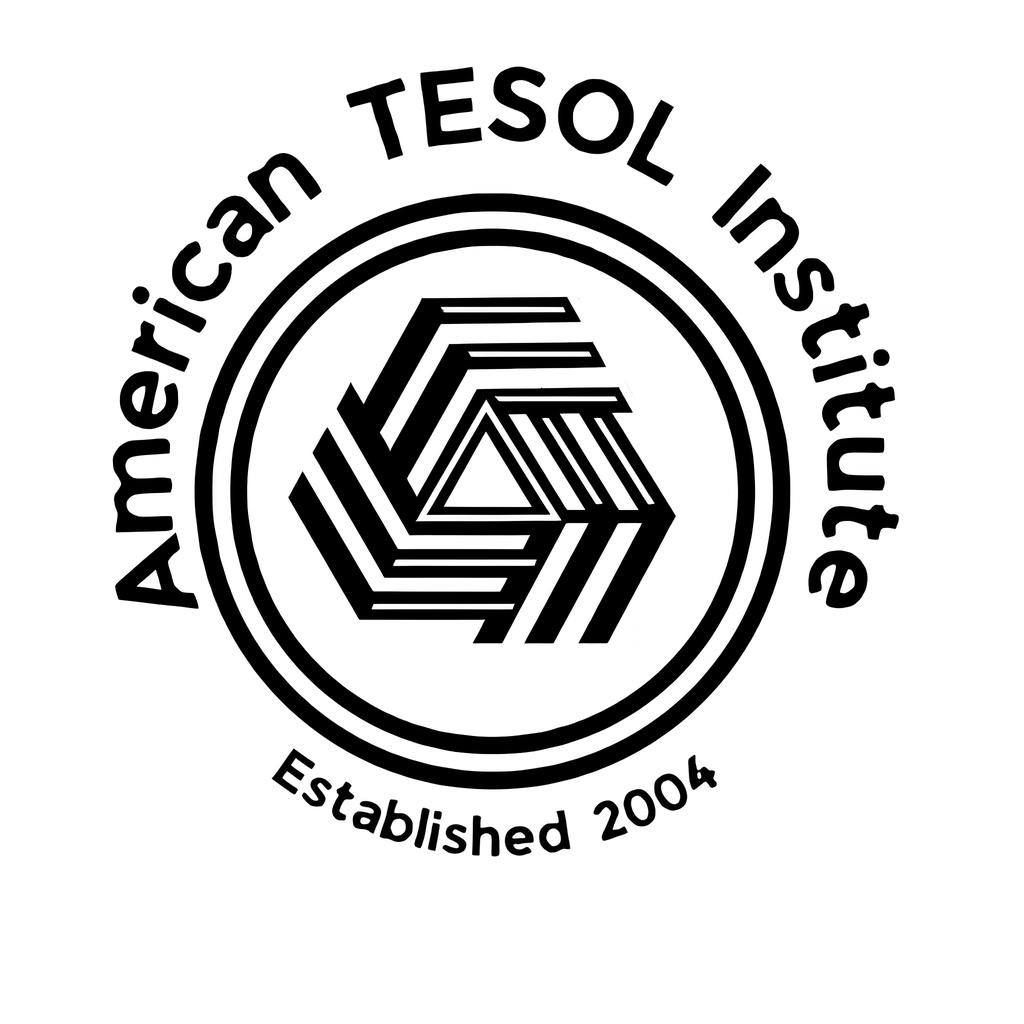Stay at the cutting edge of education by integrating tomorrow’s tools into today’s classroom. Explore practical methods for weaving trending current events into lessons, harnessing game-based learning to boost motivation, and using quick-response (QR) codes to create instant, low-friction entry points to digital content. Pair these strategies with location-aware activities that leverage global positioning systems (GPS), voice-driven tasks powered by speech-recognition engines, and mobile apps that turn every smartphone into a customizable language lab. Round out your toolkit with immersive augmented-reality (AR) experiences that layer vocabulary, cultural notes, and interactive challenges directly onto the physical world—transforming any environment into an extended classroom.
Why It Matters
Emerging technologies expand both the reach and the resonance of your teaching. Current-events feeds help learners see language as a living system, while game mechanics tap into the intrinsic motivation that drives sustained practice. QR codes and GPS-based scavenger hunts merge physical and digital realms, encouraging collaboration and contextual learning far beyond the four walls of a traditional classroom. Speech-recognition tools deliver real-time pronunciation feedback, enabling individualized improvement at scale, and mobile apps ensure that coursework travels seamlessly between school, home, and every space in between.
Designing Impactful Lessons
Begin with clear outcomes—what linguistic, cultural, or critical-thinking skills should students master? From there, select technology that amplifies, rather than distracts from, those goals. For example, you might:
-
Embed a daily news widget in your LMS and assign students to fact-check headlines in pairs.
-
Convert vocabulary lists into AR flashcards positioned around campus, guiding learners on an exploratory walk-and-learn tour.
-
Create a grammar quest in a game engine where correct answers unlock virtual rewards or real-world privileges (e.g., bonus break time).
-
Deploy QR codes on classroom posters; scanning reveals mini-challenges or pronunciation models generated by a speech-recognition API.
-
Build a GPS-enabled cultural trail that prompts students with location-specific tasks—ordering food in the target language at a café, for instance, and uploading evidence via a mobile app.
Steps to Get Started
-
Audit your tech landscape. Identify devices, bandwidth, and support already available.
-
Pilot one tool at a time. Start small—perhaps a weekly current-events discussion using curated news clips—then iterate based on feedback.
-
Blend analog and digital. Combine physical manipulatives or role-play with digital overlays to cater to diverse learning styles.
-
Measure and reflect. Use built-in analytics (e.g., app engagement stats, speech-recognition scores) plus student reflections to gauge impact and refine your approach.
By thoughtfully embedding these technology trends into your pedagogy, you’ll not only reinvent your own teaching practice but also model the adaptive, lifelong-learning mindset that today’s learners need most.



